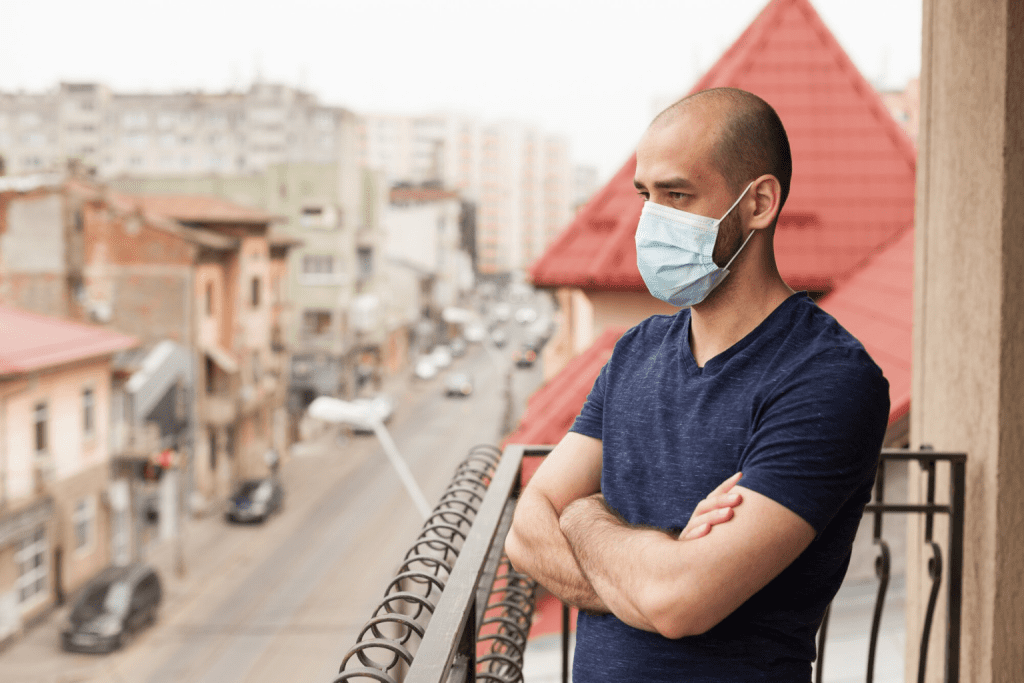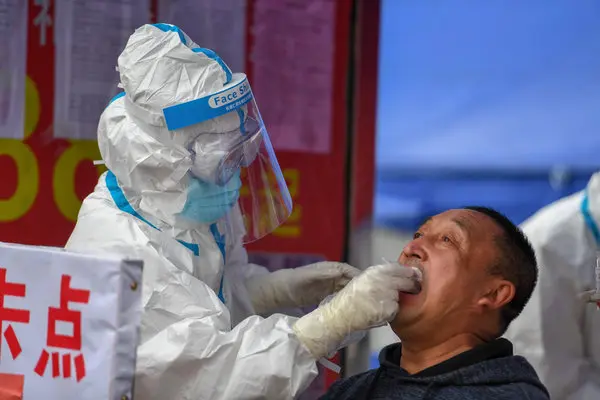A new coronavirus strain has been discovered in bats, raising concerns about its potential to infect humans and trigger another global outbreak. Scientists from the Wuhan Institute of Virology (WIV), the same lab at the center of the Covid-19 origins debate, have identified the virus, known as HKU5-CoV-2.
The novel virus shares genetic similarities with both SARS-CoV-2 (the virus responsible for COVID-19) and MERS-CoV, a more lethal coronavirus with a fatality rate of up to 35%. Researchers have already warned that this strain poses a high risk of crossing over to humans, either directly from bats or through an intermediate animal host.
So, what do we know so far about HKU5-CoV-2? Could it lead to another pandemic? And how does it compare to past deadly coronaviruses? Let’s dive into the details.

🦇 A New Coronavirus Discovery in Bats
The HKU5-CoV-2 virus was recently identified by virologist Shi Zhengli, often referred to as “Batwoman” for her extensive research on bat-borne coronaviruses. Her team’s findings were published in the prestigious scientific journal Cell, confirming that the virus is capable of infecting human cells in a manner similar to SARS-CoV-2.
🚨 Key concerns about HKU5-CoV-2:
✔ It belongs to the merbecovirus family, which includes MERS, one of the deadliest coronaviruses ever recorded.
✔ It has a high potential for cross-species transmission, meaning it could spread from bats to humans either directly or through intermediate hosts like minks and pangolins.
✔ Its ability to bind to human receptors closely resembles SARS-CoV-2, raising concerns about its capacity to jump to humans.
With these characteristics, scientists warn that HKU5-CoV-2 could be a ticking time bomb if it finds the right conditions to spread among humans.
🔬 How Dangerous Is HKU5-CoV-2?
While scientists are still studying this new virus, comparisons to SARS and MERS provide some insight into its potential risks.
1️⃣ Similarities to MERS-CoV
MERS (Middle East Respiratory Syndrome) was first identified in 2012 and is considered one of the deadliest coronaviruses, with a fatality rate of up to 35%.
MERS Symptoms Include:
✔ Severe respiratory illness
✔ Fever, cough, and shortness of breath
✔ Gastrointestinal symptoms like diarrhea and vomiting
MERS primarily spread from camels to humans, but limited human-to-human transmission was observed. Although outbreaks were mostly contained, MERS had the potential for a larger pandemic if transmission had been more efficient.
Since HKU5-CoV-2 shares genetic traits with MERS, it raises concerns that it may have similar severe effects if it spreads to humans.
2️⃣ Genetic Links to SARS-CoV-2 (COVID-19)
SARS-CoV-2, which caused the COVID-19 pandemic, has killed millions worldwide and reshaped global health policies. The virus likely originated in bats before jumping to humans, potentially through an intermediate host.
HKU5-CoV-2 has been found to bind to human receptors in a similar way, suggesting that it has the potential to infect humans if given the right conditions.

🌍 The Risk of Another Pandemic
According to the Beijing-funded researchers, there is a high risk of spillover to humans, especially in areas where humans and wildlife interact closely.
🚨 Factors that could lead to another outbreak:
🔹 Animal-to-human transmission: The virus could spread directly from bats or through intermediate hosts like pangolins, minks, or camels.
🔹 Human exposure in live animal markets: Just like SARS-CoV-2, this new virus could thrive in markets where wild animals are traded, creating an ideal environment for transmission.
🔹 Global travel and urbanization: If HKU5-CoV-2 mutates to allow easier human-to-human transmission, it could spread rapidly, just as COVID-19 did.
Scientists emphasize that more research is needed to determine whether HKU5-CoV-2 has the ability to cause widespread infection. However, its genetic similarities to past deadly coronaviruses are enough to warrant concern.
🧬 What Does This Mean for Public Health?
The discovery of HKU5-CoV-2 raises critical questions about how prepared the world is for another pandemic.
Lessons from COVID-19 should guide our response:
✔ Stronger global surveillance – Monitoring emerging viruses in wildlife populations before they make the jump to humans.
✔ Stricter regulations on wildlife trade – Live animal markets were linked to SARS and possibly COVID-19, making regulation crucial.
✔ Investment in vaccine research – Developing broad-spectrum vaccines that protect against multiple coronaviruses, not just one strain.
✔ Rapid containment measures – Swift travel restrictions, testing, and quarantine protocols to stop outbreaks before they spread globally.
Without proactive measures, experts warn that another pandemic could be inevitable.

🏛️ The Controversial Wuhan Lab Connection
The Wuhan Institute of Virology (WIV), where this new coronavirus was identified, has been at the center of controversy regarding COVID-19’s origins.
Some scientists believe COVID-19 naturally originated from animals, while others suspect it may have accidentally leaked from a laboratory. The U.S. intelligence community remains divided, with low confidence in the lab-leak theory but no definitive answers.
🚨 Could HKU5-CoV-2 be another lab concern?
✔ The virus was discovered at the same lab linked to the COVID-19 lab-leak theory.
✔ The WIV’s research on bat coronaviruses has long been controversial.
✔ There is no direct evidence that HKU5-CoV-2 leaked from a lab, but its discovery raises concerns about biosafety measures.
Regardless of its origin, the real issue is how the world responds to new virus threats before they spiral out of control.
🛑 Conclusion: Should We Be Worried?
The discovery of HKU5-CoV-2 is a stark reminder that coronaviruses continue to pose a threat. While it’s still unclear whether this new virus can cause human outbreaks, its genetic similarities to both MERS and COVID-19 make it a virus to watch closely.
🌍 What needs to happen next?
✔ Global health organizations must prioritize early virus detection and containment.
✔ Stricter controls on wildlife markets and human-wildlife interaction.
✔ Investment in research for broad-spectrum antiviral treatments and vaccines.
The world cannot afford to repeat the mistakes of COVID-19. Scientists have issued the warning—now, it’s up to policymakers and global health leaders to act before it’s too late.
🚨 The question is: Will the world listen this time?